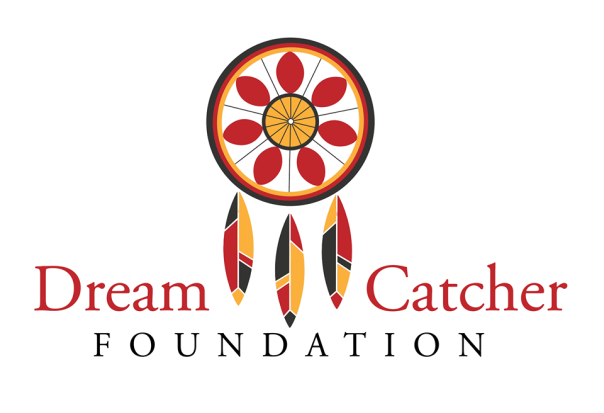Study on Missing and Murdered Indigenous Women and Girls Highlights Challenges
November 14, 2018; Associated Press
An alarming number of Indigenous women and girls disappear or are murdered each year. The absence of consistent, standardized reporting on the issue has prevented researchers from gaining a true understanding of the problem. However, a new report released by the Urban Indian Health Institute (UIHI), a tribal epidemiology center, aims to shed light on the cases of missing and murdered Indigenous women and girls (MMIWG).
Entitled “Missing and Murdered Indigenous Women and Girls,” the report identified 506 cases across 71 cities. The cities included in the report were selected based on whether there was a significant population of urban American Indians, a large number of MMIWG cases, or an urban American Indian health center affiliated with UIHI.
Researchers Annita Lucchesi and Abigail Echo-Hawk assert that the number likely represents an undercount, given the amount of data that seems to be missing. While the institute requested records spanning from 1900 to the present, two-thirds of the cases included in the report occurred between 2010 and 2018, with the earliest case documented in 1943.
While the researchers consider their findings a snapshot of the true scope, their findings fill a critical gap in knowledge. Prior to UIHI’s report, most research focused on reservations despite census data showing that the majority of Native American and Alaska Native people reside in cities. By targeting urban areas, the organization was able to highlight how poor data collection, lack of persecution, and institutional racism are factors that also occur off reservations as well.
The report was released on the heels of growing national attention and pending legislation at the state and federal level. Earlier this year, NPQ covered Missing & Murdered Indigenous Women Washington’s role in coordination of the anniversary Women’s March in Seattle. In June, Washington state passed legislation mandating the collection and analysis of data on MMIWG throughout the state by June 2019. And, last Wednesday, the U.S. Senate Committee on Indian Affairs voted to send Savanna’s Act to full chamber for consideration.
The bill is intended to improve data collection, including requiring annual reporting on the number of MMIWGs, establishing guidelines for handling the cases of missing Indigenous people, and expanding tribal access to federal crime databases. However, as Lucchesi and Echo-Hawk point out, the bill is not expansive enough to aggregate the data needed to create sound policy and to protect Native women and girls living in urban areas. Currently, the bill would set reporting mandates for federal law enforcement but not urban areas and municipalities. The exclusion of urban areas from the act means that MMIWG, including Savanna LaFontaine-Greybird, after whom the bill is named, would not be included in data collection efforts. Furthermore, failure to include urban areas in reporting would allow violence against this vulnerable population to continue.
Just as important to the study were the significant challenges encountered while attempting to obtain case records. Nearly half of municipal police departments failed to respond at all or within the designated time frame required of public disclosure requests. Additionally, racial misclassification was common, with some victims classified as “white” (the default when race is unknown) or “Hispanic” [sic]. Often, Native women and girls from tribes that are not federally recognized were not identified as Native at all. Despite race typically being used as a classifier when crimes are reported, nine cities were unable to identify Native American, Alaska Native, or American Indian people in their database.
In some cases, agencies provided incomplete or confusing records. For instance, in Seattle, UIHI received an updated list after the homicide unit discovered that the letter “N” was used for “Negro” and not “Native American” as recently as the early 1980s. By combing through social media, news reports, missing persons databases, and family sources, the organization was able to find an additional 153 cases that were not included in law enforcement records.
In addition to assessing the difficulty in obtaining records and how cases were tracked, the UIHI also focused on how reporting by the media contributes to the issue. Of the 506 cases documented, 95 percent were never covered by national or international news outlets. Of the coverage they could find, Lucchesi and Echo-Hawk noted that 31 percent of outlets used what is considered “violent language,” which is defined as “language that engages in racism or misogyny or racial stereotyping, including references to drugs, alcohol, sex work, gang violence, victim criminal history, victim blaming, making excuses for the perpetrator, misgendering transgender victims, racial misclassification, false information on cases, not naming the victim, and publishing images/video of the victim’s death.” Such reporting can cause additional harm by perpetuating negative stereotypes of American Indian and Alaska Native communities. Furthermore, the lack of sustained reporting minimizes the issue and limits efforts to increase community dialogue on how to improve safety for all who go missing.
The researchers provide several recommendations including more funding for research, implementing enforceable data collection methods such as notifying tribes once someone goes missing or is murdered, and using guidelines created by the Native American Journalist Association to evaluate stories for bias. Researchers hope the implementation of such measures will prevent American Indian and Alaska Native women and girls from disappearing “in life, the media, and in the data.”—Chelsea Dennis
